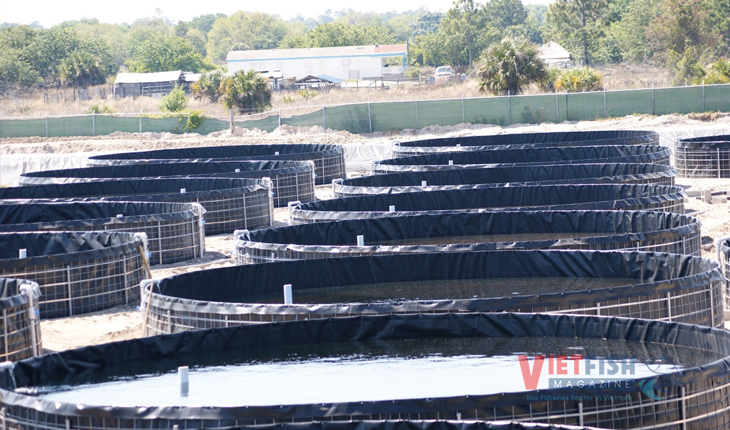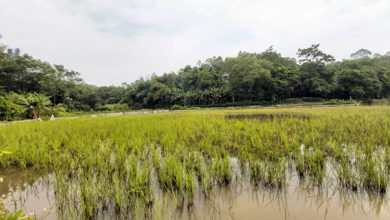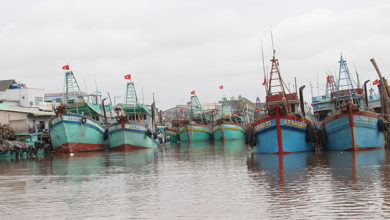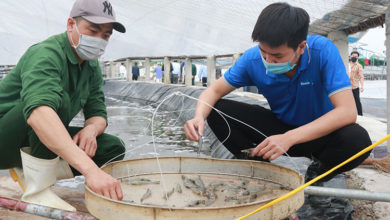Cà Mau to shift extensive shrimp farming to improved extensive farming
Cà Mau has got over 115.2 thousand hectares of improved extensive shrimp farms, up 551 hectares as compared to last month, reaching 88.6% of the plan. Stocking reaches 99.7% with average output of 450 – 550 kg/ha annually.
Cà Mau practices improved extensive shrimp farming, semi-extensive farming and intensive farming which own specific advantages and disadvantages. Hence, farmers have to decide amethod which requires low investment costs but high performance. Actually, improved extensive shrimp farming is rather a sustainable development that showed positive results. It is developing in Năm Căn, Ngọc Hiển, Cái Nước, Phú Tân and Đầm Dơi as compared to other production systems. It requires very low investments cost and is suitable with the land and technique, experience, and conditions of farmers. This can be beneficial for environment and sustainability which should be put in the first priority in production.
According to reports on social and economic performance in August and eight months of 2018 by Cà Mau People’s Committee, seafood output of the province gained 46 thousand tons in August 2018, up 5.8% as compared to the same period 2017. Yield of shrimp reached 16.4 thousand tons, up 7.5% year on year. Cumulative seafood output by August 2018 reached 366 thousand tons, up 8% year on year, with shrimp of 120 thousand tons, up 11.2% as compared to the same period last year.
Cà Mau has got over 115.2 thousand hectares of improved extensive shrimp farming in the province by August 2018, up 551 hectares as compared to the previous month, reaching 88.6% of the plan. Stocking gains 99.7% with average annual production of 450-550 kg per hectare.With all these benefits, Cà Mau is preparing to replace extensive shrimp farming with improved extensive shrimp farming.
VFM






